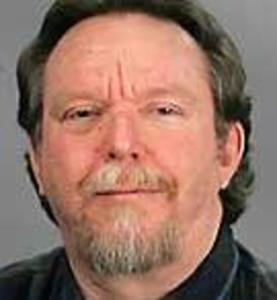As President Roosevelt said, in quite a more dramatic context, “the only thing we have to fear is fear itself.”
— Premier François Legault, quoting Franklin D. Roosevelt’s 1933 inaugural address during the Great Depression, in Legault’s speech opening the National Assembly session, Nov. 28.
If we want to avoid things getting out of control as happened with (U.S. President Donald) Trump and (French politician Marine) Le Pen, we have to give something to those who are a bit worried.
— Legault, on banning religious symbols for government employees “in positions of authority,” including teachers, in an interview with the Montreal Gazette, Dec. 13.
It takes more than quoting one of the greatest American presidents, however, to make an FDR. For instead of fighting fear, Legault and his government are feeding it.
With its ban proposal, the government of Quebec is confirming to its people that they are right to be “a bit worried” about religious minorities, in particular Muslims, for it is they who are its real targets.
In Legault’s interview with the Gazette’s Philip Authier, he did not say those worries are justified. For Quebec’s would-be FDR, it’s enough that there is fear itself.
His defence of the ban, based entirely on subjective perceptions, was at best shaky, and at worst preposterous.
He suggested that a religious symbol is “the same thing” as a Canadiens logo worn by a Montreal police officer arresting a Boston Bruins fan, which could create “the appearance of a lack of neutrality.”
The absence of a symbol is no guarantee of neutrality, however. Judging by the number of complaints of racial profiling by “neutral” Montreal police, some of them may be too busy harassing black people to bother white Bruins fans.
It’s the performance of public employees that matters, not their appearance. But if some in positions of authority can’t be trusted to be neutral, and if the mere perception of a lack of neutrality is the problem, then why stop at forbidding them from wearing religious symbols?
Why not also, for example, give francophones the right to refuse, on grounds of possible linguistic bias, to be tried before non-francophone judges, and vice versa?
Legault said the ban would apply to teachers of children as young as four years old. For impressionable children, he said, teachers are role models, and seeing them in hijabs might lead them to conclude that women aren’t equal to men.
Seriously? A four-year-old seeing a female Muslim teacher’s head scarf would connect it to Islam, then to a certain interpretation of that religion, and finally to a conclusion about gender equality? A four-year-old? Are their bedtime stories from Le Journal de Montréal columns?
The CAQ doesn’t just pander to Quebecers’ fears over identity, however. One of Legault’s ministers has even scared herself.
“I’m afraid the French language has lost ground in Montreal,” the minister responsible for French, Nathalie Roy, told Le Devoir this week.
She had observed a “serious problem” in the city: too many signs that weren’t in French. She called on the language enforcement agency known as the OQLF to crack down.
But, covering herself in advance for the embarrassment Quebec inevitably suffers whenever a nationalist government orders a crackdown by what anglos call “the language police,” Roy told the OQLF to avoid another Pastagate.
She was referring to the worldwide ridicule suffered by the province in 2013, when the OQLF, correctly interpreting the language legislation in response to a complaint, ordered an Italian restaurant to add French versions of the Italian names of dishes on its menu.
Roy did not cite any factual evidence to support her perception about signs. That’s because there is none.
> La suite sur Montreal Gazette.


























